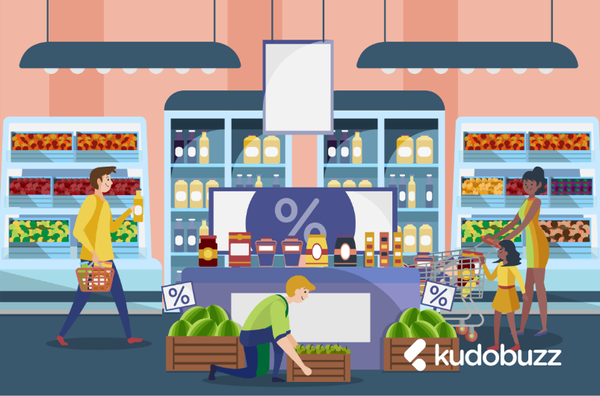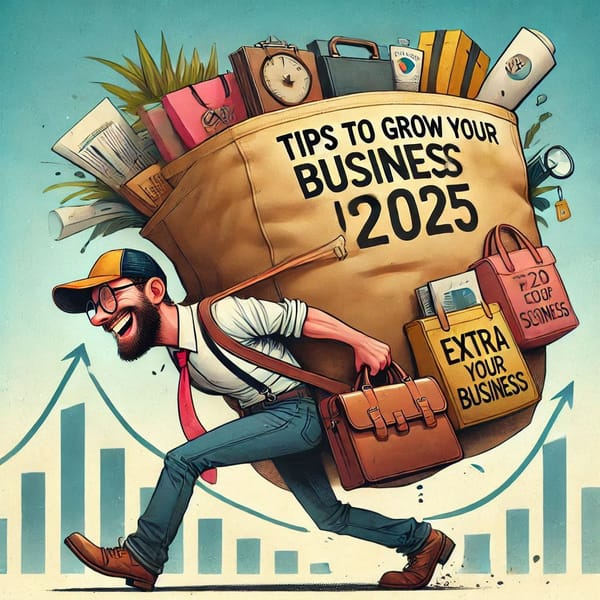According to a recent prediction made by [eMarketer], the spending through online shopping is expected to reach $27 trillion by 2020.
So, the question is how much share out of this growth is your ecommerce business going to grab? The online e-commerce landscape is changing quickly; if you want to dominate and lead this ecommerce growth and don’t want to lag behind, you have to keep up with the trends.
Here are a few such trends which are expected to proliferate in 2017:
1– Chatbots and personalizing experiences
Rendering online shoppers with a personalized experience, either using artificial intelligence enabled chatbots or an actual sales personnel is definitely on the rise.
2017 and beyond will see more of the combination of chatbots and artificial intelligence to provide a highly personalized and a new way of communicating and shopping for users.
Chatbots are nothing but AI-led messengers that allow your customer to engage with your company/brand through instant messages.
A smart Chatbot detects exactly what the customer is looking for, detects patterns, places orders, attends to customer service queries and more.
But also keep in mind that Chatbots are still in the development stage and haven’t reached perfection yet and hence, are not being implemented on a wide scale yet. This is however predicted to change this year and chatbots will supposedly become ubiquitous very soon.
2– All about the mobile
Mobile commerce first had its breakthrough around 2015, but in this year we can expect to see it go to a whole other level. It is predicted that mobile ecommerce sales will increase to nearly [$2.32 trillion] in 2019 and this growth is expected to continue.
eMarketer says that this growth is being driven by larger mobile screens, better user experiences, improved mobile search etc. among other things.
It’s now not enough to just mobile optimize your website so that it can work fine on a smartphone; the mobile shopping/buying experience should be so much more than this. In fact, it might be a smart strategy for retailers to go mobile-first, prioritizing this over anything else.
The key is to design a unique experience that is compatible with the phone functionality and size so that users can actually enjoy it.
3– Fast delivery
Another important trend for this year is going to be the rise of fast delivery. Over the last couple of years, the ecommerce delivery timescales have been drastically decreasing and same-day deliveries or one to two-day deliveries are on the rise.
Customers want to be able to click and collect their products as soon as possible. Some e-commerce companies are even setting up collection points to speed up the process.
According to a Forrester report, 29% of the customers are willing to pay extra for the same-day delivery option. While this trend was started by Amazon Prime, increased delivery options will become a major ecommerce business differentiator.
Another up and coming technology in delivery is the drone shipment dropping. Although it is not yet close to being available or ubiquitous, it is a promising technology trend.
4– Social engagement
The convergence between websites and social media has been in the making for a while now and it looks like this trend will take massive leaps this year. It is indeed the marketers’ responsibility to build a presence on social media channels, but the developers are equally responsible for facilitating these efforts.
This means that there should be links, pop-ups, sharing buttons etc. to make it easy for a user to jump from the website to the social media platform.
Social integration on your website is the key here. Whether you want to indulge in the pure promotion of the products or delve into content marketing strategies, strong social media presence is key and it must be embedded into your website experience.
Here are some ideas that can help you get on the bandwagon for this trend:
- Offer social sharing incentives on the website.
- Promote content on social platforms.
- Add a ‘Pin It’ button to all your products.
- Integrate Instagram and other social feeds to show off user-generated content on the website.
5– Conversational ecommerce experience
This buzzword is quite a recent one, but the trend is indeed catching on.
Push notifications are not a new concept at all and what’s more, many websites too have started implementing it. This is especially important for ecommerce companies who like to keep customers posted about key milestones during a shopping experience such as
- A purchase made.
- Order dispatched.
- Cart abandoned by the user.
- Special flash sale.
Etc.
As of now, such notifications are sent via email, but soon it is expected to expand to text messaging and push notifications as well. This technology is right now in a fairly infant stage and there aren’t a lot of tools to help you out yet, but one tool that seems to be doing well is the woocommerce sendinblue plugin tool.
6– Live/interactive support
According to an Econsultancy report, 83% of the customers prefer live support and consider it a crucial part of a rewarding customer experience.
Live support based on the real time needs of the customers has already proven its potential in 2016 and is only going to see a huge rise in the coming years.
Along with live support, there are other ways to keep your customers engaged. For example, you can reply to their queries by creating a video. If enough of your customers have a common question about the product, you can even create a tutorial for them to refer to.
Such dynamic and interactive support is not an easy thing to do. You will not only need the right strategy, but you will also need effective tools in order to pull this off successfully.
If done well, this can prove to be a major differentiator for your ecommerce business.
Wrapping up
In fact, all the massive trends that will dominate 2017 have already been around for a couple of years now.
We have probably heard of them, but haven’t really gotten around to actually consider implementing them and 2017 will be the year for that. Most of these trends are focused on boosting the user experience and that is the common theme/takeaway you have to carry away from this article. Whatever you do, it has to make the customer experience better.
About Author:
Niraj is the founder of Hiver, an app that turns Gmail into a powerful customer support and collaboration tool. When not working at Hiver on programming or customer support, Niraj likes to play guitar. Niraj can be reached on Twitter at nirajr.









